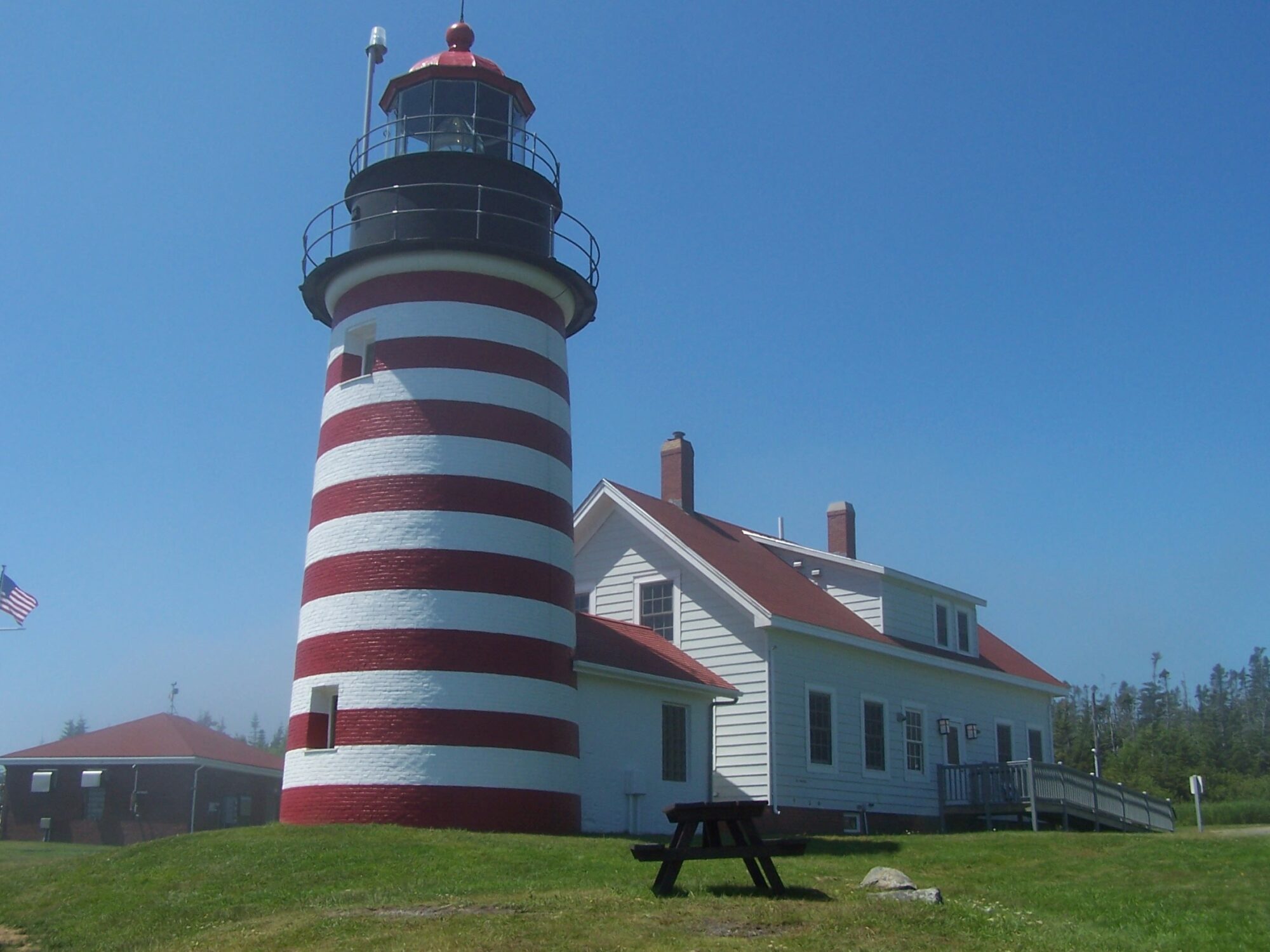Fifth Sunday of Easter (A): John 14:1-12
 This weekend offers us a fascinating conjunction of meaning and symbolism. Today, May 13, marks the 100th anniversary of the beginning of the apparitions of the Blessed Virgin at Fatima. The month of May has, traditionally, been associated with the Blessed Virgin. As if that weren’t enough, tomorrow, May 14, is Mother’s Day.
This weekend offers us a fascinating conjunction of meaning and symbolism. Today, May 13, marks the 100th anniversary of the beginning of the apparitions of the Blessed Virgin at Fatima. The month of May has, traditionally, been associated with the Blessed Virgin. As if that weren’t enough, tomorrow, May 14, is Mother’s Day.
The Scripture readings for this Sunday do not speak of Mary explicitly. However, these readings (and the Gospel in particular) offer us a context in which we can more clearly see certain aspects of Mary’s role and how they harmonize with and point to the central role of her Son.
I begin with a little story, Not too long ago, I was sharing lunch with a priest friend of mine. In the course of our conversation, he brought up the May Crowning. As many of you know, the crowning of a statue of Mary during the month of May was a common practice in our parishes. That practice went out of favor in many places after the 1960’s, but it seems to be making a comeback. In any case, my priest friend wondered if the May Crowning was actually bad theology, because in the Scriptures Mary speaks of herself as the maidservant of the Lord.
At the time, his observation made some sense to me. After all, don’t we usually ‘crown’ those who present themselves as people we should serve, rather than people who serve? Yet, on further reflection, I saw that the May Crowning need not be bad theology – no more so than, say, the feast of Christ the King. The question is: what are we crowning when we crown Mary? What are we saying when we acclaim Christ as King? When Jesus declares in this Sunday’s Gospel passage that he is “the way, the truth and the life”, what is he saying – not only about himself, but about we who call ourselves his disciples?
Let’s begin with Jesus. The only time during his ministry in Israel when he accepted people acclaiming him as King was on the day we now call Palm Sunday. He rode into Jerusalem – not on a magnificent warhorse, however, but on a donkey. A donkey. An animal that is useless in battle, and that is the beast of burden of the poor. In the Old Testament, we see that this is the way that a king of Israel was supposed to enter Jerusalem after winning a military victory. The king was not to ride in on his warhorse or chariot, but on a donkey. This meant several things. The king proclaimed (without saying a word) that the victory did not come from his ability but from the Lord. He also identified himself with the poor, an act which recalled Psalm 72, an enthronement psalm which declared that the king was anointed to bring about justice and help to the poor. Jesus could not have picked a more powerful symbol of the way in which, as King, he overturns our usual ways of seeing power and greatness. Greatness comes from trust in God and from a humble service to all – and especially to those who are ignored or even despised by society in general. Jesus is the true King, but a King who turns our ideas of greatness upside down. Greatness is not celebrity but humble service.
Now, we look at Mary. When the angel Gabriel came to announce to her the Good News that she had been chosen by the Father to be the mother of his Son, Mary was troubled at first and wondered what Gabriel’s words could mean. But she later proclaimed herself the “Handmaid of the Lord” and added, “Let it be done to me according to your word.” later, when she went to visit her cousin Elizabeth, Mary would sing the praises of what God has done for her in the hymn we now call the Magnificat. Mary sang of how God, in choosing her for this great vocation, had toppled the mighty and raised up the lowly. In this light, it is interesting to note to whom Mary appears in the various apparitions that have been seen as genuine by the Church: she comes to peasant children in Lourdes and Fatima, and to a Native American in Guadalupe – people who would be scorned or mocked as “losers” in our present political and social climate. Mary continues to raise up the lowly and topple the mighty.
When we crown Mary as Queen, or when we acclaim Jesus as King of the Universe, then, what are we really crowning? Are we not saying that it is the poor who are blessed, that it is the meek and humble who will inherit the earth, and that it is the persecuted and those who mourn who are truly blessed of God? Are we not, in crowning Mary, saying that all worldly powers have it all wrong? After all, Jesus says that he is the Way – and his way is one of total self-emptying love. He washed his disciples’ feet to symbolize this in a very direct and powerful manner. This is who God is. This is who Mary is, as the handmaid of the Lord. This is who we are as disciples of the Lord. If this is what we are crowning when we crown Mary, then let’s do it. And keep on doing it, until we get it right in our lives, by the grace of our humble God.
